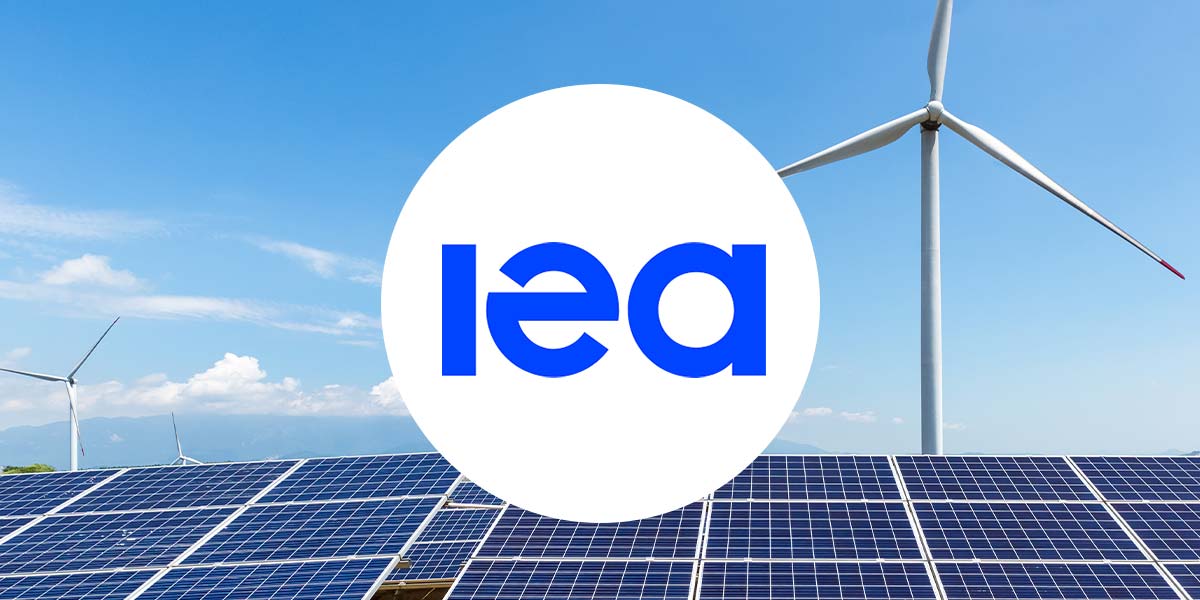The International Energy Agency (IEA) has revised down its projection for worldwide renewable energy capacity by 2030, trimming its expected growth by 900 gigawatts compared to last year’s estimate.
The updated outlook, published Tuesday, now anticipates global renewable installations reaching 4,600 GW by the end of the decade—down from the previous forecast of 5,500 GW made in 2024. Despite the overall adjustment, solar power remains the primary driver, accounting for roughly 80% of projected capacity increases.
The IEA attributes the reduced forecast largely to diminished prospects in the United States and China—two countries that have historically spearheaded renewable energy expansion. In the United States, an accelerated sunset of federal tax incentives, combined with regulatory shifts, has led the agency to lower its growth projections there by nearly half. Meanwhile, China’s transition from fixed tariffs to competitive auction mechanisms has put pressure on project economics, weakening outlooks in the world’s largest renewables market.
However, improved conditions in other markets have partially cushioned the downgrade. India is set to overtake other countries to become the second-largest growth market after China, buoyed by expanded auctions, streamlined permitting, and a notable surge in rooftop solar installations. The report also highlights Europe’s brightening prospects, driven by ambitious clean energy policies, higher auction volumes, and faster approval processes.
Elsewhere, emerging economies across Asia, the Middle East, and Africa are ramping up renewable deployments as costs decline and policy targets grow more ambitious, according to the IEA’s data.
Offshore wind energy, in contrast, has seen its growth outlook slashed by about 25% compared to last year as policy shifts, supply-chain issues, and mounting costs stifle expansion.
The report finds that pumped-storage hydropower is forecast to grow 80% faster in the next five years than previously, with grid-integration challenges fueling demand. Meanwhile, geothermal energy installations are poised to reach unprecedented levels in the United States, Japan, Indonesia, and several emerging markets.




